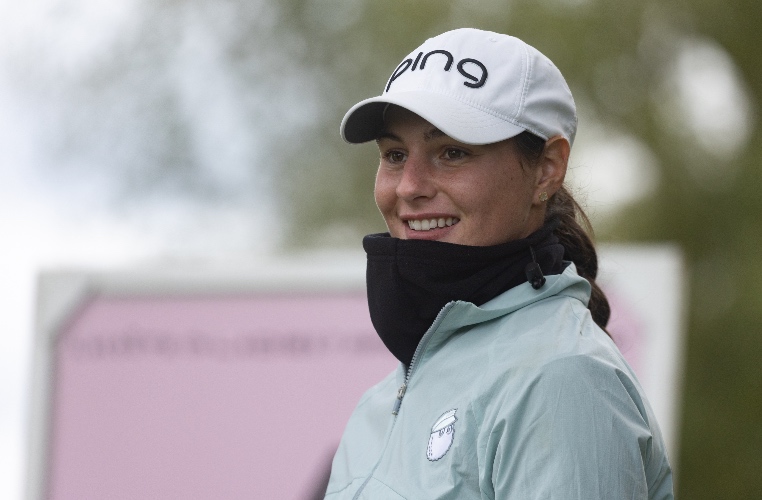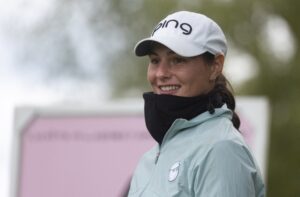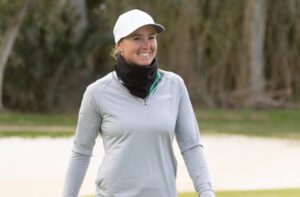For a country with the world’s fifth biggest land mass, and a population of around 200 million, Brazil’s golfing community represents a very small drop in a very large ocean. However, all that may be about to change, thanks to the Olympic Games.
Right now, the Confederation of Brazilian Golf (CBG) can lay claim to 129 courses and just under 10,000 registered golfers. Compared to Scotland, the Home of Golf, with its population of five million people (less than Rio de Janeiro) and 550 courses, it is obvious that golf as a sport for the masses in Brazil is still almost invisible.
But for how much longer? Paulo Pacheco is the President of the CBG and a passionate believer in the good that the Olympic Games will bring to the sport on its return after a 112-year absence at Reserva de Marapendi in Rio.
“We want to fire the public’s imagination here in Brazil for golf,” he said. “We have been working incredibly hard for this moment since 2009, when we knew that Brazil would host the Olympic Games and that golf would be back in the programme. This is huge for Brazil and for golf all around the world.”
Already Pacheco, a successful businessman, has experienced the thrill of the world’s biggest sporting event, carrying the Olympic torch through the town of Nova Frisburgo near Rio, where he was born 70 years ago next month. Always a keen sportsman, he twice crossed the Atlantic on his own yachts but in recent years has been deeply involved in golf administration.
During his current tenure as President of the CBG, he started the social inclusion programme, Golf for Life, partially supported by The R&A, aimed at reaching 60,000 children in public and private schools around Brazil.
However, he lets out a deep sigh when faced with the two words, ‘legacy’ and ‘responsibility’. He knows that the CBG carries a heavy weight of expectation when it comes down to the challenges ahead, and the desire to bring golf to the people of Brazil.
He stated unequivocally: “The objective – our target – is that ten years from now, Brazil will be the biggest golfing force in South America. We have over 200 million people and only 20,000 play golf. That number is virtually nothing, so we have to use the Olympic Games to ensure that people who have never had any contact with golf get very excited by the opportunity to play. I think ten years from now, Brazil will show how the Olympic Games has helped golf in Brazil.
“We have to expand the availability of golf and provide more public courses, even nine-hole courses, in order to get more players. I am sure people who never had any contact with golf are very excited right now and we need to build on this.
“In six months or one year, people will begin to realise what a huge event this has been – the first time in South America – and how important it is for the sport. Sometimes it just takes time for people to realise this.”
The CBG has invested time and resource into bringing SNAG (Starting New At Golf) into the school curriculum, as part of the Golf for Life programme, which has helped to train over 300 gym teachers as coaches working inside the schools. Currently there are around 60,000 youngsters now playing a simplistic form of the game at a very basic level.
Pacheco added: “It’s very important because they (the coaches) are preparing the kids and they have the knowledge and skills about how to teach beginners. We are using money to import plastic clubs to use inside the school and you get the boys and girls to play with the normal clubs after that.
“But most important of all is not only to play but to talk about golf with the family, inside the community. In the past, nobody talked about golf in Brazil. Now you have people in schools talking about golf and that is the future – to communicate about golf and talk about it through word of mouth. The message will spread the more people talk about the sport.”
The CBG programmes involve rich and poor; public school and private school. Pacheco believes this is the right way forward and continued: “In Brazil, 90% of the kids are from poor backgrounds, but our programmes don’t differentiate. Rich and poor play with the same clubs on the same piece of land and hit the same shots. When I take a photo, all the smiles are the same. No difference.
“Once, you had to be a club member to play golf but not any more thanks to the new Olympic course. We will try to manage the golf course like a school for golf and show people that golf is sustainable. The idea is to manage a public facility and make it work. New players and their families can come and play.”
So Brazilians will be exposed to golf – many for the first time – through the men’s and women’s competitions over the next few weeks?
“Exactly,” he said. “That’s the point. We have 70 cameras at the golf course. It is the first time you have a huge operation for golf and it’s very exciting. All the holes are covered and afterwards we will continue to work together with the IGF and The R&A and others to provide a legacy and give back to the golf. A lot of people are involved in the investment in golf in Brazil. It is a massive opportunity.”



















